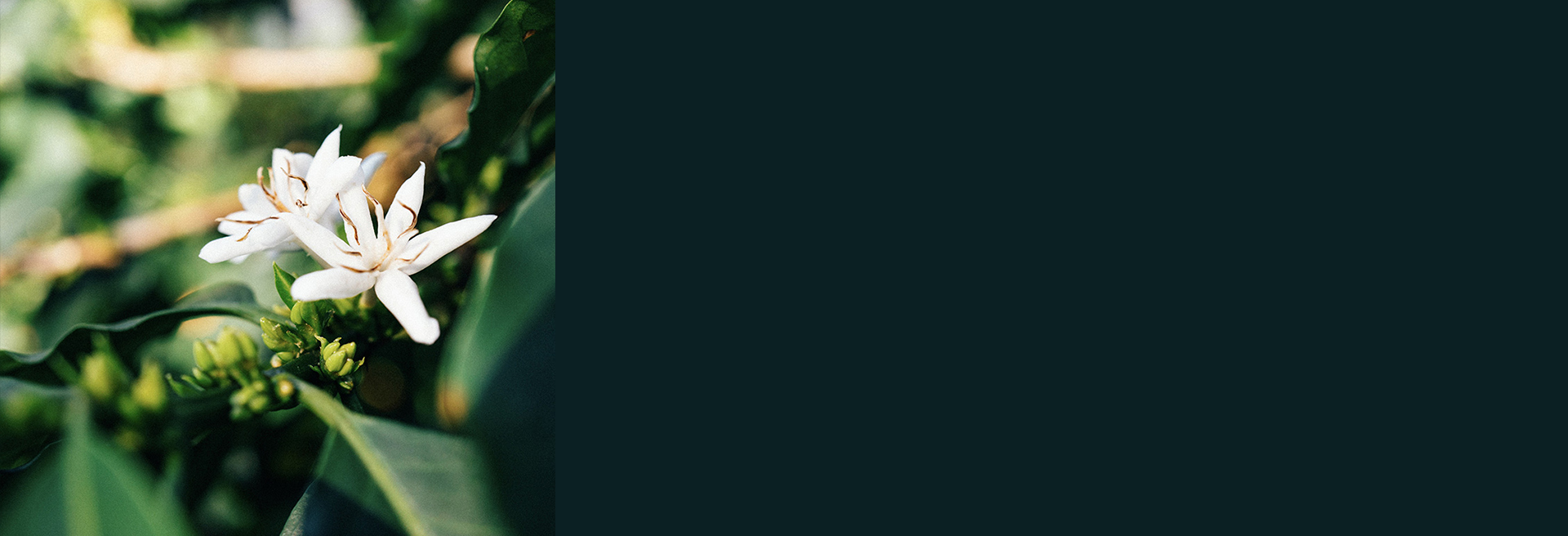December 8th — We Are Closed for a National Holiday
Ethiopia
Gelana Abaya
Terroir Best Lot
QUALITY SCORE: 89.00
Cup Notes
Passion fruit / Cherry / Strawberry
Suggested for espresso and filter
An explosion of fruity flavours.
Thanks to carbonic maceration of this lot, each sip offers a balanced burst of fruitiness that never tires the palate.
when we roast
We freshly roast to order all coffees on Monday, Wednesday and Friday (excluding national holidays), and ship the same day! Cut-off time is 11:59pm (UTC+1) of the day before the roast day. *We only ship whole beans*
Details
- Quality Score
- 89.00
- Series
- Terroir Best Lot
- Producer
- Several small farmers
- Country
- Ethiopia
- Terroir
- Yirgacheffe
- Altitude
- 1900 masl
- Process
- Carbonic Maceration - Raised Beds
- Arabica cultivar
- Ethiopian Heirloom
- Picked in
- Jan.- Feb. 2023
- Arrived in
- March 2024
- Shipped in
- Jute + GrainPro
- Roast profile by
- Rubens Gardelli
- Roasted on
- Customised solid-drum roaster
Suggested brewing recipe
There are two recipes: one for conical brewer (think V60) and one for flat-bottom brewer (think Kalita), however you can surely brew our coffees with any other brewing device, such as immersion brewers.
Please remember that these recipes are intended as starting points and may require further adjustments if the equipment you use is not identical to the one in the recipe; the characteristics of water used can also make a big difference in brewing.
Finally, the recipes suited specifically to Rubens’ roasting style, hence we do not guarantee that they will work as a universal reference.
Have fun brewing!
- Coffee:
- 17g
- Grind:
- Water:
- 250g (40 tds) at 90°C
- Filter model:
- Cafec Abaca+
- Time:
- 2:00
- Brew strenght:
- 1,57 tds
- Coffee:
- 17g
- Grind:
- Comandante 21 clicks (medium)
- Water:
- 250g (40 tds) at 90°C
- Filter model:
- Stagg [X], Fellow
- Time:
- 2:00
- Brew strenght:
- 1,48 tds
THE STORY BEHIND
Gelana Abaya is a district in Borena zone, in the Oromia region of Ethiopia, close to the town of Yirgacheffe.
Over a number of years the region has developed a noted reputation for fine coffees, producing some of the most sought-after microlots in world.
The combination of high altitude (up to 2,200 masl in some areas), fertile soil, consistent and plentiful rains, and an abundance of local knowledge are all contributing factors to the high status of Yirgacheffe coffees. The indigenous ‘heirloom’ varietals, which grow wild in Ethiopia, account for a unique flavour.
These beans create an unusual but beautifully refined cup with strong citric acidity, chocolate sweetness, as well as floral and herbal notes of lavender, jasmine, bergamot, and thyme.
THE VARIETY
Ethiopian heirlooms, why the generic name? It's estimated that there are somewhere in-between six and ten thousand coffee varietals in Ethiopia. And due to this colossal figure, there hasn’t been the genetic testing to allow buyers to distinguish the varietal. With the cross pollination that naturally happens in the wild, the name "Ethiopian Heirloom" exists as a catch-all phrase to describe this happenstance. However, that really makes Ethiopian quite a mystery and an interesting mystery as each village or town could potentially have a different varietal which could carry very unique properties.
The local indigenous ‘heir-loom’ varietals - which grow wild in Ethiopia - are responsible for the unique flavour notes which make for an unusual but refined cup. When processed naturally through sun-drying these present with juicy and jammy stone-fruit flavours, floral and chocolate notes with a creamy body.
THE FERMENTATION PROCESS
Although similar techniques can be found in many lots derived from controlled fermentation, for this lot, coffee cherries are fermented in sealed stainless steel tanks, devoid of oxygen, with careful temperature monitoring.
Firstly, cherries are sorted to select only the ripest for processing. They are then placed in a stainless steel tank (pictured) with a specialised fermentation valve part filled with water. As the fermentation process begins, CO2 is released and builds up in the tank. Once the internal pressure of the tank exceeds the atmospheric pressure, the CO2 will push through the water in the valve and create bubbles. The valve prevents any air entering the tank from the outside, allowing for extended fermentation whilst reducing the risk of spoilage and negative fermented flavours.
Fermentation time is dictated by the temperature readings inside the tank, but typically the process lasts for 4-5 days.
After the fermentation, the cherries are dried in the traditional way: on raised African beds for 15-18 days. Once the cherries have sufficiently dried they are rested and subsequently transported to a central dry mill in Addis Ababa and then - for secondary processing (hulling, grading, sorting and handpicking) in Djibouti.



